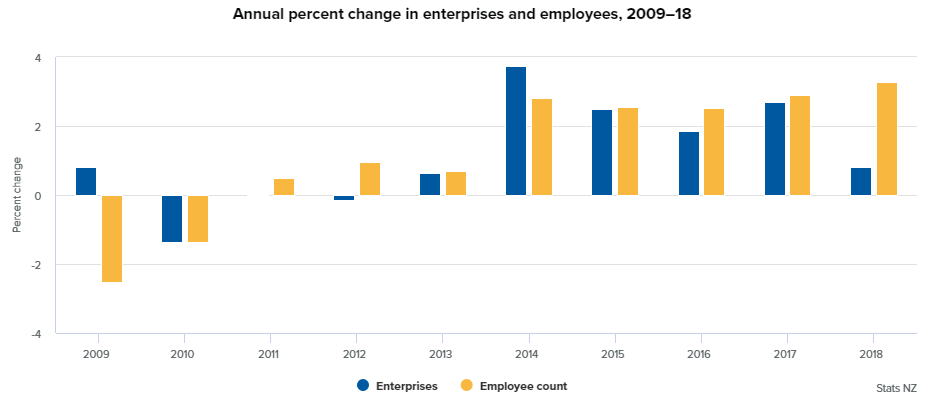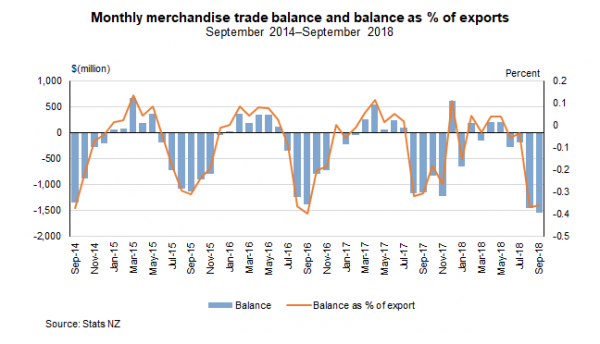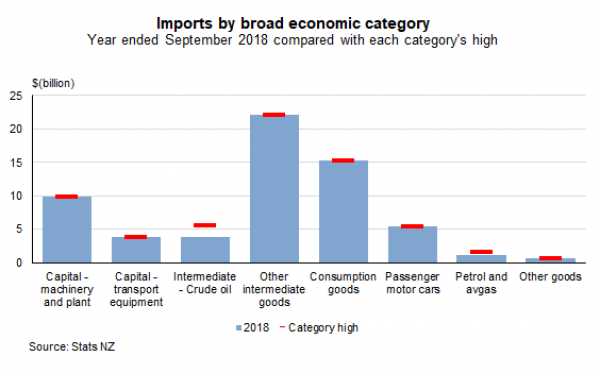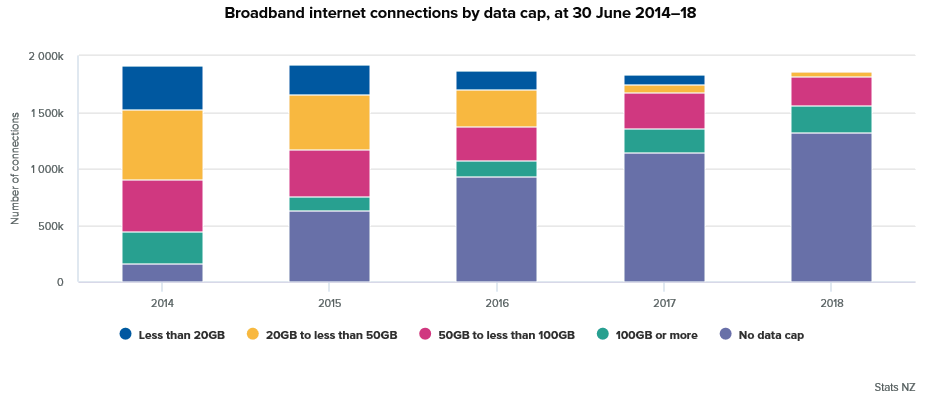Construction and accommodation cement employment growth – 28 November 2018
Construction in Auckland has led employment growth in the region, Stats NZ said today. Construction employed 8,000 more people in the year ended March 2017 than in the previous year.
“New analysis from the annual release of linked employer-employee data (LEED), enhanced by self-employment data, allows insights into employment growth by region and industry,” labour market and household statistics senior manager Jason Attewell said.
Accommodation and food services contributed most to employment growth in the South Island. In Canterbury, 1,300 more people were employed in this industry in the March 2017 year than in the previous year. Rebuild-related construction growth looks to have peaked at 40,000 workers in the year ended March 2016.
Find what’s driving employment growth in your region
Use the interactive mapping tool to select a region and see the industries that led employment growth in your region.

From North to South: the big employers
The importance of construction growth has varied across regions. The figure below, Employment by selected regions and industries, year ended March 2001–17, shows the number of employed persons in four regions (Auckland, Waikato, Canterbury, and Otago) in seven industries.
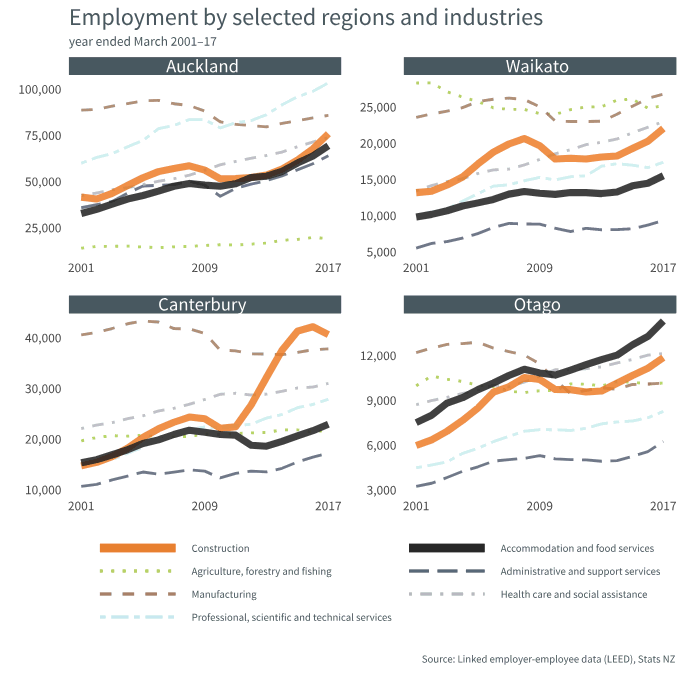
See table 1.5: Main earnings source, by industry for the time series shown in the above figure.
Video
See the Linked employer-employee data: March 2017 year – NZ.Stat tables video.
About the data
The annual LEED release uses tax data for all workers, so it is the most comprehensive employment record available. However, results are about 18-months old by the time they are compiled and published.
LEED is different from the more-timely indicator of the state of employment that the quarterly Labour market statistics provide – its employment levels are based on a sample survey of 15,000 households and 30,000 individuals.
Labour market statistics: September 2018 quarter has the latest employment information.
Download data
NZ.Stat has detailed employment by region data in the annual release of linked employer-employee data (LEED).
For more information about these statistics:




